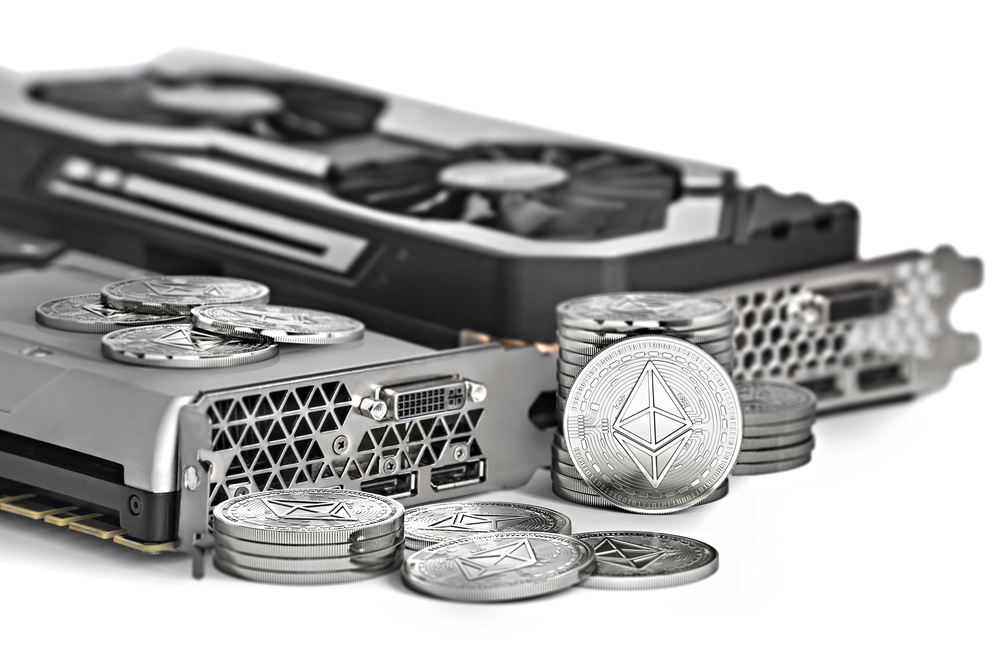Yesterday, excellent news from Nvidia landed — namely that it is putting the brakes on hashing performance of the RTX 3060. Whether this tech will also come to other GPUs in the lineup is currently unclear. To make it up to miners, Nvidia is coming out with a special line of CMP ‘Cryptocurrency Mining Processor’ GPUs. But could RTX 3060 miners simply bypass the artificial limiter? In a Twitter conversation between Ryan Smith from AnandTech and Nvidia’s spokesperson Brian Del Rizzo it seems unlikely, for now.
With Nvidia artificially limiting Ethereum hashing performance on the RTX 3060, which has already been seen in action, a few questions are raised. Most notably, whether it’s not simply possible to override the artificial limiter through the use of different software or drivers, thereby making the entire exercise futile. Sure, it might deter a small group of miners, but it won’t do much to deter large-scale operations that gobble up tons of GPUs.
Good News: The Limiter is Implemented at a vBIOS Level
On Twitter, following a request from AnandTech’s Ryan Smith, Nvidia’s spokesperson Brian Del Rizzo confirmed that the hash rate limiter is not just the result of a driver change. Rather, it is the result of a handshake between the GPU, the GPU’s BIOS and the driver.
Hi Ryan. It’s not just a driver thing. There is a secure handshake between the driver, the RTX 3060 silicon, and the BIOS (firmware) that prevents removal of the hash rate limiter.February 19, 2021
But of course, this doesn’t rule out the possibility of finding a workaround entirely. With the money that’s involved in mining, especially at large-scale operations, surely somebody will find a way to hack a different BIOS onto the GPU, right?
If A Workaround Comes, It Will Be Too Late
Well, theoretically, that should be possible, but in practice, it might be more difficult than you’d think. Since Nvidia’s Turing GPUs, the vBIOS comes encrypted, and as such it’s not possible to read it out, modify it, and reload it onto the GPU — the only way people have been able to modify the vBIOS on Nvidia’s recent GPUs is by finding a different BIOS and loading it — but they haven’t strictly modified the existing vBIOS.
As a result of this security measure, there should only be two ways of getting a vBIOS onto the RTX 3060 that allows Ethereum hashing: either by rewriting a vBIOS from entirely scratch, or a third-party GPU maker or other entity in the supply chain leaks a vBIOS that does allow hashing. The second option is more likely, as you’d need to know a lot about the inner workings of the respective GPU to be able to write a vBIOS.
But, even then, the driver will also need to be rewritten to accommodate for this new vBIOS and enable hashing, so there’s quite a bit of work to be done before you’ll find RTX 3060’s minging at their full performance.
All that being said, changing the vBIOS might not be the only way to mine on an RTX 3060. Nvidia has been very specific about Ethereum mining performance, but there are other coins out there that might still be profitable enough to tempt miners. Meanwhile, it’s also possible that a wise coder finds a way to fool the GPU into not thinking that it’s mining, even when it is.
With that in mind, I don’t doubt that at some point in time, somebody will find a way to get it working. But cryptocurrencies are extremely volatile and the difficulty of mining is going up fast — as such, by the time somebody does come around with a workaround — I reckon it’ll be too little and too late.
